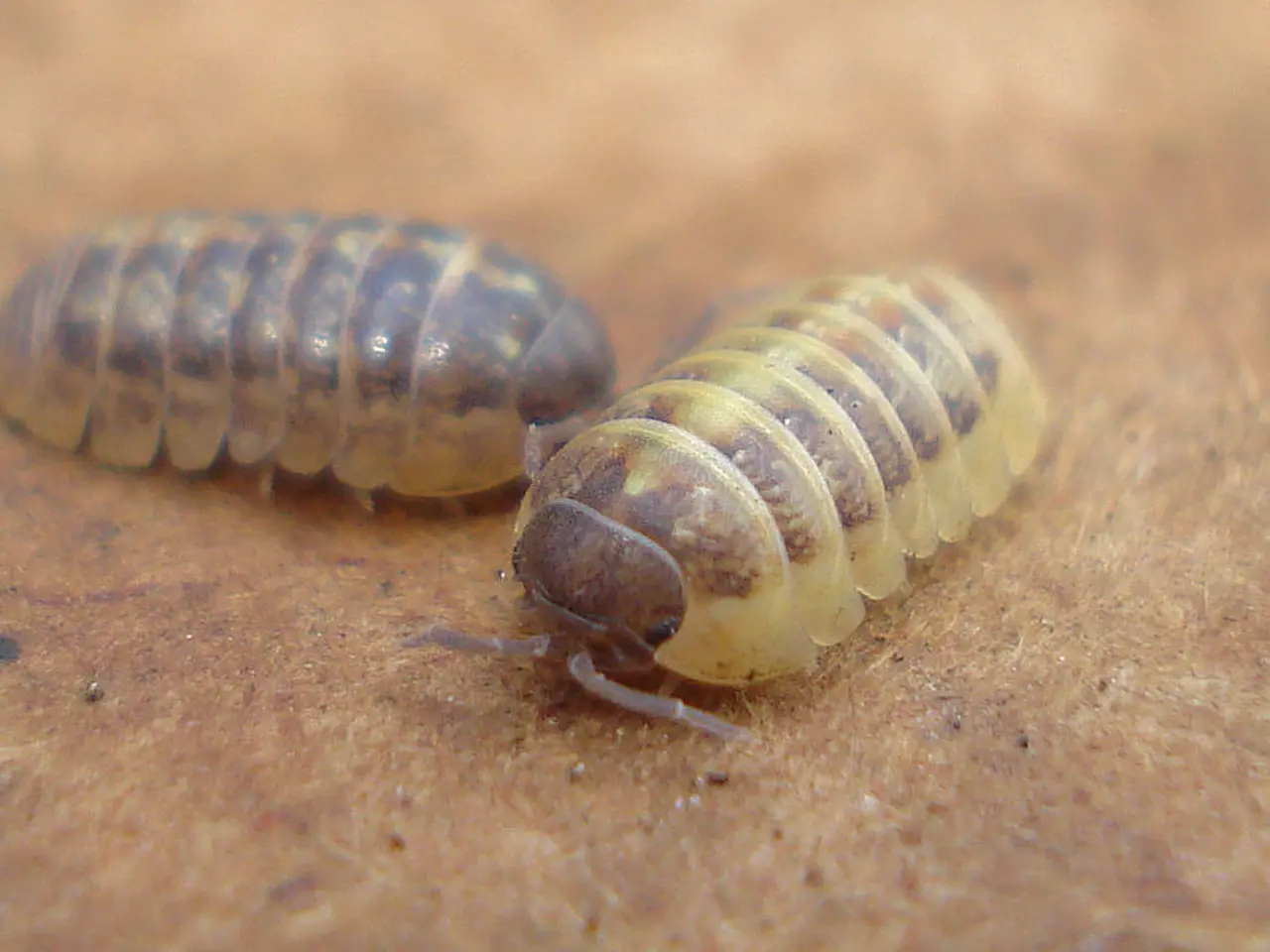Enhancing Plant Wellness with Useful Insects
In the realm of gardening, a balanced ecosystem is key to maintaining a healthy and thriving garden. One effective way to achieve this balance is by attracting beneficial insects that feed on common garden pests. Here's a guide on how to do just that.
Ground Beetles, nocturnal hunters, are a garden's ally in controlling slug problems. They feast on slugs, insect eggs, and larvae, making them an essential part of your garden's defence against these unwanted pests.
Ladybugs, also known as Lady Bugs, are predatory insects that hunt aphids, whiteflies, and Colorado potato beetles. If these little critters find a home in your garden and lay their eggs, the hatched larvae can consume an impressive 400 aphids before entering the pupal stage.
Green Lacewings, although flighty, are aggressive insect hunters during their larval stage. They consume aphids, caterpillars, mealybugs, leafhoppers, and whiteflies, making them valuable allies in the garden.
Braconid wasps, while not specifically mentioned in this guide, are light-coloured winged creatures that can repel garden pests such as caterpillars, weevils, and aphids. One special breed, the Aphidium colemani, is a parasitic wasp that specializes in parasitizing aphids and can be purchased at a local greenhouse to control a widespread aphid problem without using chemical insecticides.
Soldier beetles, another beneficial insect, feed on cucumber beetles, corn rootworms, aphids, grasshopper eggs, caterpillars, and beetle larvae in their larval stage, and on nectar as adults.
Damsel Bugs love slow-moving preys such as aphids, leafhoppers, plant bugs, thrips, and small caterpillars. They can often be found in unsprayed alfalfa fields and can be attracted by growing ornamental grasses.
Minute pirate bugs are predatory insects that feed on aphids, spider mites, and thrips. An adult pirate bug could feast on as many as 20 thrips larvae in a single day.
Hover Flies are voracious hunters, consuming over 60 aphids in a day.
To attract these beneficial insects to your garden, consider planting a diverse mix of native flowers, herbs, and plants that bloom from spring to fall. Let some herbs flower, and include plants like daisies, marigolds, yarrow, dill, fennel, and umbellifers (carrots, parsnips) to attract ladybugs, lacewings, hoverflies, parasitic wasps, and other predators.
Avoid synthetic pesticides, provide shallow water sources with pebbles for drinking, and leave some garden areas natural with tall stems or debris to offer shelter and overwintering habitats. Companion planting (e.g., marigolds with vegetables) further supports beneficial insects while reducing pests naturally.
Additional tips include not removing spider webs, as spiders are valuable predators, creating physical structures like brush piles, rock piles, and insect hotels for shelter, introducing beneficial insects like lacewing larvae or nematodes in soil with moist conditions to target specific pests, and attracting birds by providing shrubs, water, native seeds, and nesting boxes, though they may occasionally peck fruit; mitigate this by offering fresh water and protective netting.
Together, these strategies maintain a balanced ecosystem, promoting pest control without chemicals and supporting garden health year-round.
[1] Source 1 [2] Source 2 [3] Source 3 [4] Source 4 [5] Source 5
Maintaining a balanced lifestyle that includes a home-and-garden aspect could benefit from the strategies outlined above, as attracting beneficial insects is key to a healthy garden and can be extended to support a eco-friendly household. Ladybugs, Ground Beetles, Green Lacewings, Braconid wasps, Soldier beetles, Damsel Bugs, Minute pirate bugs, Hover Flies, and spiders are all beneficial insects that can be attracted to a home-and-garden by following similar strategies such as planting diverse flowers, herbs, and plants, avoiding synthetic pesticides, providing water sources, leaving natural areas, practicing companion planting, and attracting birds.






